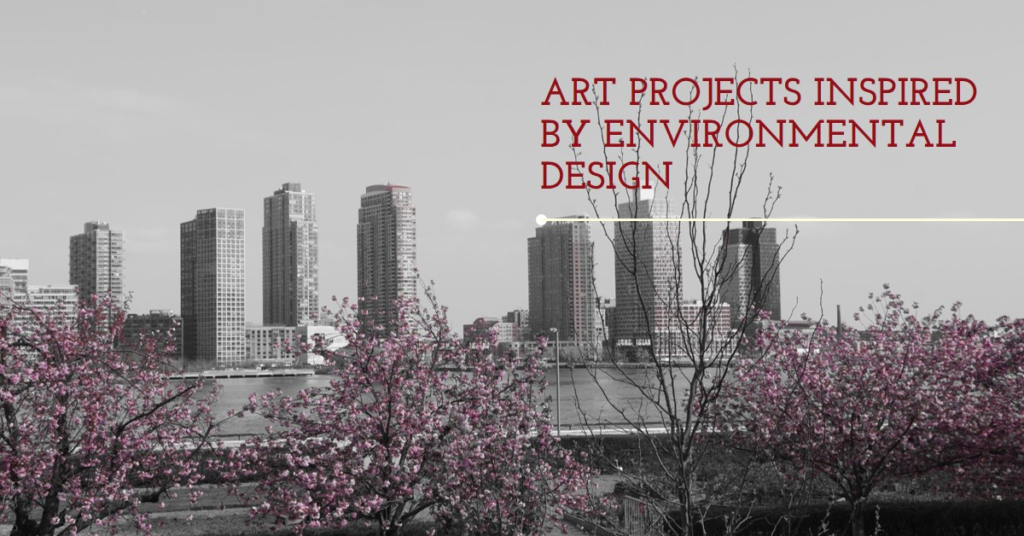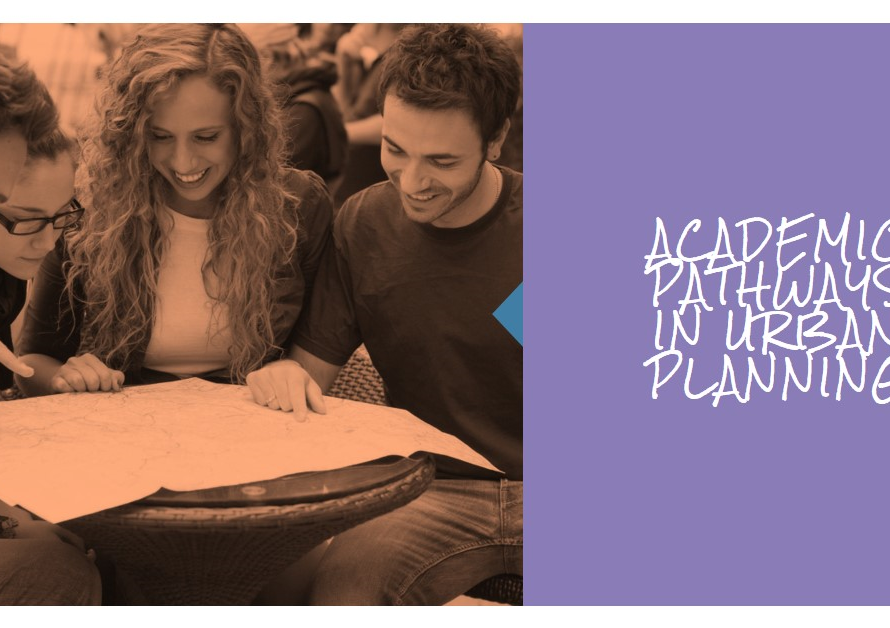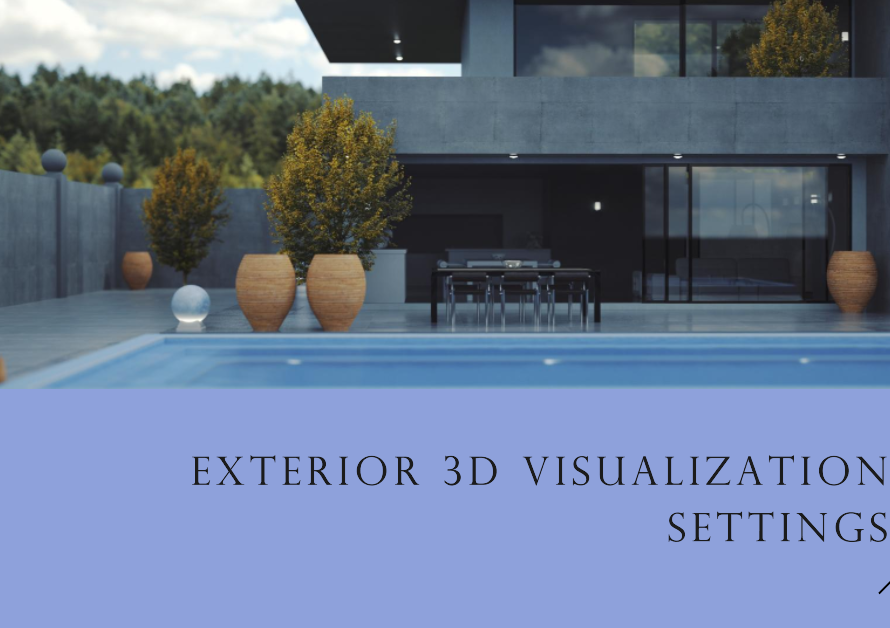
Table of Contents
- Introduction: What is Environmental Graphic Design?
- The Core Elements of Environmental Graphic Design
- The Importance of Context in EGD
- Integrating Branding and Identity
- The Role of Technology in EGD
- Sustainability in Environmental Graphic Design
- Case Studies: Exemplary EGD Projects
- Conclusion: The Future of Environmental Graphic Design
Introduction: What is Environmental Graphic Design?
Environmental Graphic Design (EGD) is a multidisciplinary field that combines elements of graphic design, architecture, landscape architecture, and industrial design. This unique design practice aims to create environments that communicate specific messages and enhance the overall experience of a space. By integrating graphics, signage, wayfinding systems, and other visual elements into physical spaces, EGD seeks to influence how people interact with and perceive their surroundings.
In today’s fast-paced world, the role of environmental graphic design has become increasingly significant. It not only helps in navigating complex environments but also contributes to branding, storytelling, and creating a sense of place. Therefore, understanding the basics of EGD is essential for anyone involved in design, architecture, or urban planning.
The Core Elements of Environmental Graphic Design
Graphic Design
At the heart of EGD lies graphic design, which involves the use of typography, color, imagery, and layout to convey messages. In the context of EGD, these elements are carefully chosen to align with the environment and the intended message. For instance, the color scheme of a hospital’s signage might be soothing and calming, whereas the graphics in a theme park could be vibrant and playful.
Effective graphic design in EGD ensures that the visual elements are not only aesthetically pleasing but also functional. This means that the design must be legible, easy to understand, and appropriately scaled for the environment. The choice of materials and finishes also plays a crucial role in ensuring durability and visibility under different lighting conditions.
Wayfinding Systems
Wayfinding is a critical component of EGD that involves designing systems to help people navigate and orient themselves within a space. This includes signage, maps, directories, and other navigational aids. A well-designed wayfinding system considers the user’s perspective, providing clear and concise information at strategic points throughout the environment.
Successful wayfinding design requires a deep understanding of human behavior and spatial cognition. Designers must anticipate how users will move through a space, identify potential points of confusion, and provide solutions that guide users effortlessly to their destinations. This often involves a combination of directional signs, landmarks, and intuitive spatial organization.
The Importance of Context in EGD
Understanding the Environment
One of the fundamental principles of EGD is context sensitivity. This means that the design must be tailored to the specific characteristics of the environment in which it will be implemented. For example, the signage in a historical district should respect and reflect the architectural style and heritage of the area, whereas the design for a modern corporate campus might emphasize sleek, contemporary aesthetics.
Designers must conduct thorough site analyses to understand the environmental, cultural, and social context of the space. This includes considering factors such as climate, lighting, traffic patterns, and user demographics. By integrating these contextual elements into the design, EGD can create spaces that are harmonious and coherent.
Cultural and Social Considerations
In addition to the physical environment, EGD must also take into account the cultural and social context. This involves understanding the values, traditions, and expectations of the community that will use the space. For instance, in multicultural urban areas, wayfinding systems might need to incorporate multiple languages or universally recognized symbols to accommodate diverse user groups.
Designers must engage with stakeholders and community members to gain insights into their needs and preferences. This collaborative approach ensures that the design is inclusive and resonates with the intended audience, fostering a sense of belonging and ownership.
Integrating Branding and Identity
Creating a Sense of Place
Environmental graphic design plays a vital role in creating a sense of place and identity for spaces. This is particularly important for corporate environments, educational institutions, and public spaces that seek to convey a specific brand or ethos. Through the strategic use of logos, color schemes, and thematic elements, EGD can reinforce the brand identity and create a memorable experience for users.
For instance, a university campus might use consistent signage and graphics that reflect its academic heritage and values. This not only aids in navigation but also reinforces the institution’s identity and pride among students, staff, and visitors.
Storytelling Through Design
Beyond branding, EGD can also be used to tell stories and create narratives within a space. This can be achieved through interpretive signage, murals, exhibits, and interactive installations that convey historical, cultural, or educational content. By embedding stories into the physical environment, EGD enhances the user’s experience and engagement with the space.
For example, a museum might use environmental graphics to guide visitors through an exhibit, providing context and background information that enriches their understanding of the artifacts on display. Similarly, a public park might feature interpretive signs that highlight the natural history and ecological significance of the area.


The Role of Technology in EGD
Digital Signage and Interactive Displays
The advent of digital technology has significantly expanded the possibilities of environmental graphic design. Digital signage and interactive displays offer dynamic and flexible solutions for wayfinding, information dissemination, and engagement. Unlike static signs, digital displays can be easily updated and customized to provide real-time information and respond to changing conditions.
Interactive displays, such as touchscreens and kiosks, allow users to access personalized information and services. This enhances the user experience by providing tailored content and facilitating seamless navigation. For example, an airport might use interactive wayfinding kiosks that provide flight information, maps, and directions based on the user’s specific needs.
Augmented Reality and Virtual Reality
Emerging technologies like augmented reality (AR) and virtual reality (VR) are also making their way into EGD. AR overlays digital information onto the physical environment, providing an enhanced layer of interaction and engagement. For instance, AR wayfinding apps can guide users through complex spaces by superimposing directions and information onto their smartphone screens.
VR, on the other hand, allows for immersive simulations of environments, which can be used for design testing and user experience evaluation. Designers can create virtual models of spaces and explore different design scenarios before implementation, ensuring that the final design meets the intended objectives and user needs.
Sustainability in Environmental Graphic Design
Eco-Friendly Materials and Practices
Sustainability is a growing concern in all fields of design, and EGD is no exception. Designers are increasingly adopting eco-friendly materials and practices to minimize the environmental impact of their projects. This includes using recycled and renewable materials, low-VOC paints and adhesives, and energy-efficient lighting solutions.
Sustainable EGD also involves considering the lifecycle of materials and designs. Designers must ensure that the elements can be easily maintained, repaired, and eventually recycled or repurposed. This holistic approach not only reduces waste but also contributes to the longevity and resilience of the design.
Promoting Environmental Awareness
In addition to adopting sustainable practices, EGD can also be used to promote environmental awareness and education. This can be achieved through interpretive signage, exhibits, and installations that highlight environmental issues and encourage sustainable behaviors. For example, a nature reserve might feature educational signs that explain the importance of conservation and provide tips for responsible recreation.
By integrating environmental messages into the design, EGD can inspire users to adopt more sustainable lifestyles and contribute to the broader goal of environmental stewardship.
Case Studies: Exemplary EGD Projects
The High Line, New York City
The High Line in New York City is a prime example of successful environmental graphic design. This elevated park, built on a disused railway line, features a seamless integration of signage, wayfinding, and interpretive elements that enhance the visitor experience. The design respects the industrial heritage of the site while providing modern amenities and engaging educational content.
The wayfinding system on the High Line uses a consistent visual language that guides visitors through the park’s various sections, highlighting points of interest and historical context. Interactive installations and exhibits provide additional layers of engagement, making the High Line not just a recreational space but also an educational and cultural destination.
The Getty Center, Los Angeles
The Getty Center in Los Angeles is another notable example of EGD. This museum complex features a comprehensive wayfinding system that guides visitors through its sprawling campus. The design uses clean, minimalist graphics that complement the architectural style of the buildings and the surrounding landscape.
In addition to wayfinding, the Getty Center incorporates interpretive signage and exhibits that provide insights into the art and artifacts on display. This enhances the visitor experience by offering contextual information and enriching their understanding of the collections. The integration of technology, such as audio guides and interactive displays, further enhances accessibility and engagement.
Conclusion: The Future of Environmental Graphic Design
Environmental graphic design is an ever-evolving field that continues to push the boundaries of creativity and functionality. As technology advances and sustainability becomes increasingly important, designers must adapt and innovate to meet the changing needs of users and environments. By understanding the basics of EGD and staying abreast of emerging trends, designers can create spaces that are not only visually appealing but also functional, sustainable, and meaningful.
The future of EGD lies in the seamless integration of design, technology, and environmental consciousness. By embracing this holistic approach, designers can create environments that enhance user experiences, foster a sense of place, and contribute to a more sustainable and connected world.


